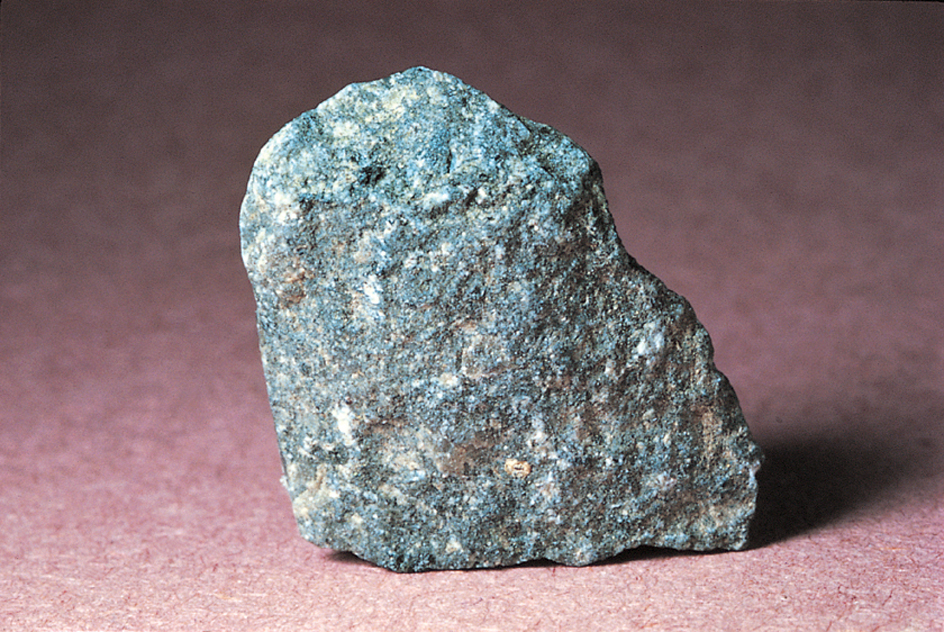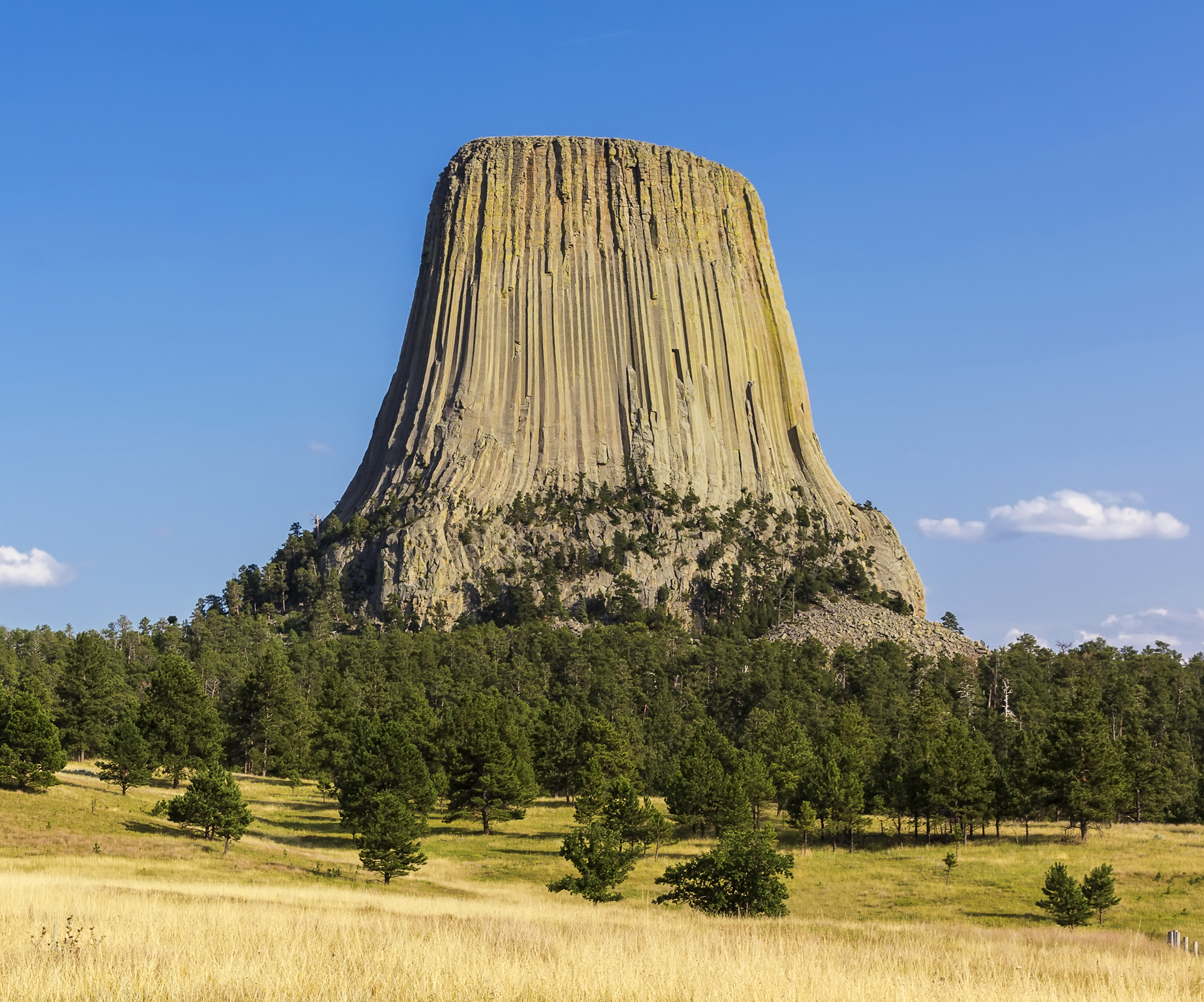Basalt << buh SAWLT >> is a hard, dark volcanic rock. It is formed by lava that flows from volcanoes or from cracks in the ground, and hardens. There are many types of basalts. They all have similar chemical compositions, but they vary in crystallinity. They range from fine-grained rocks with uniform crystals to crystal-poor glasses. Basalt consists chiefly of two minerals, pyroxene and plagioclase feldspar.

Basalt is the most common volcanic rock in Earth’s crust. The ocean floor is covered with basaltic lava that flowed from the mid-oceanic ridges. The Hawaiian Islands, Iceland, and other oceanic islands consist mostly of basalt. On the continents, large volumes of flood basalts make up such regions as the Columbia River and Snake River plateaus. Basalts also cover the dark lowlands of the moon, which are called maria.

Basaltic lava is extremely fluid and may flow long distances from its eruption site. When basalt erupts underwater, it forms rounded pillow-shaped lumps called pillow lava. When it erupts on land, its surface has either a smooth, ropelike texture, or a jagged angular one. Sometimes as basaltic lava cools, it splits into four-, five-, or six-sided columns. Cliffs of basalt columns, such as those along the Columbia River in Washington, are tourist attractions.
See also Igneous rock; Devils Postpile National Monument; Giant’s Causeway.
